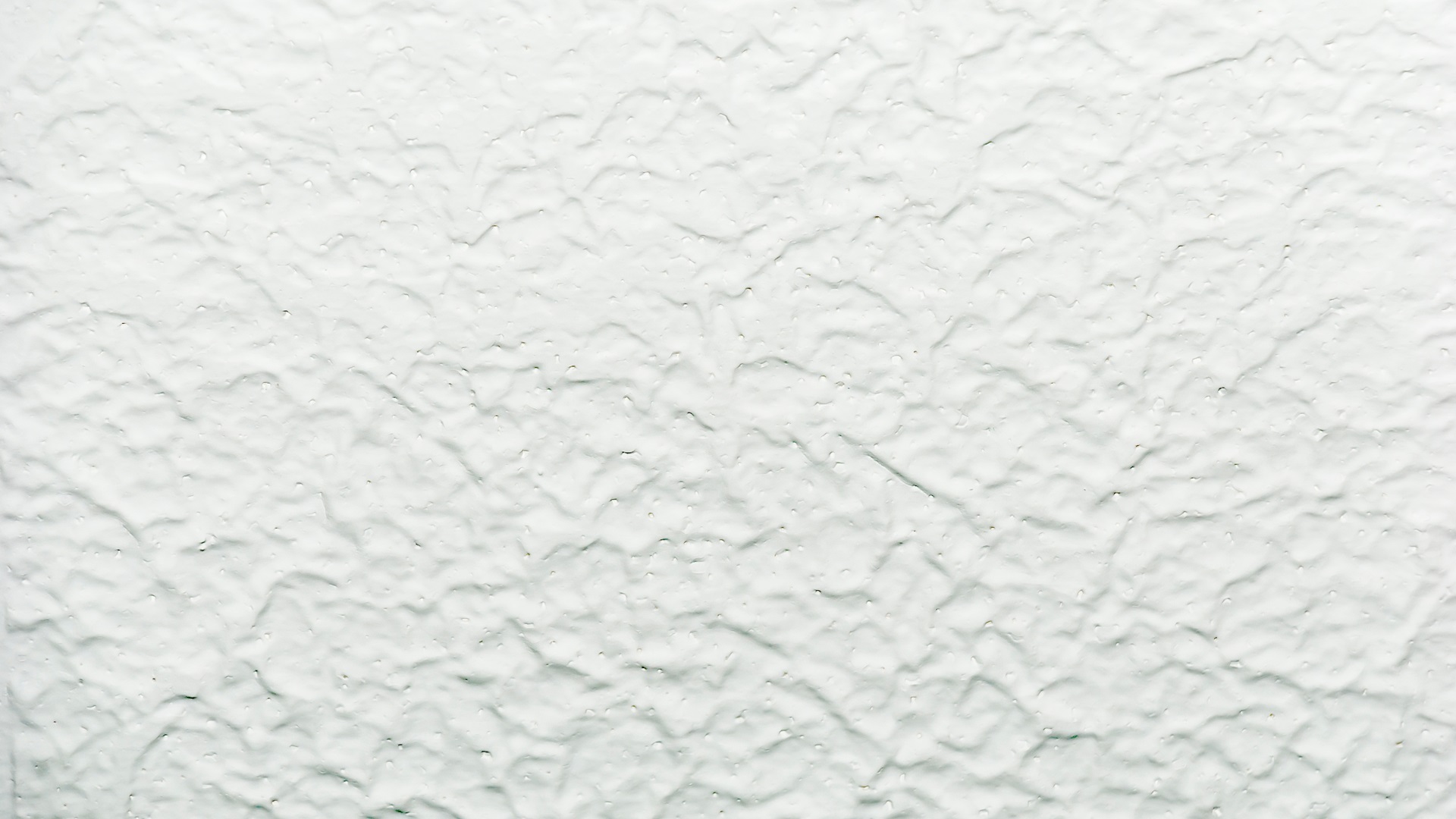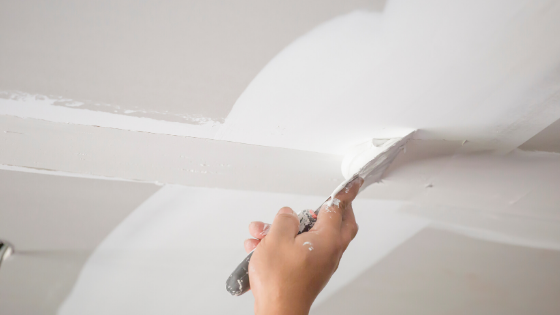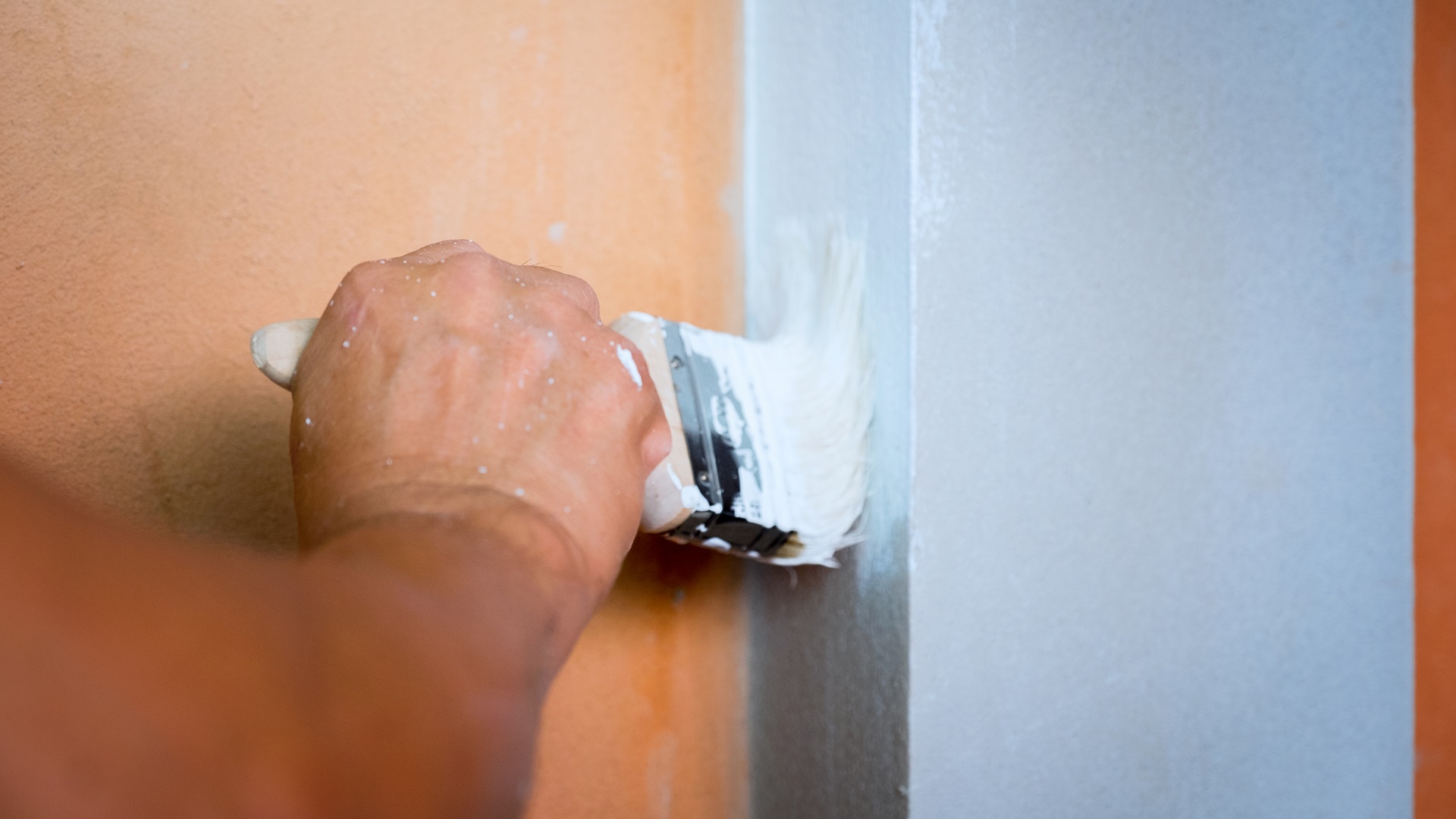No matter the season of the year, engaging in a little bit of home improvement project and ensuring your Casa has the best appearance throughout the year should be your top priority. So if you are thinking about doing some wall texture removing but don’t know how to approach it, don’t fret, you’ve got us. We will help you take care of the job in just 8 simple steps.
However, this can be a lengthy process, and you will be getting your hands dirty, so be mentally prepared. We’ll try our level best to simplify the process and make it as easy to understand as we can so you can follow every step and just be done with the job quickly.
Things you will need:
- Water in a spray bottle
- Sanding screen
- Some sponges
- 6-inch wallboard knife
- 5 to 8-inch floor scrapper
- A good quality vacuum
- Joint compound
Steps to Take
Before we start with the task, it is recommended that you take care of your safety first. Get a pair of safety goggles and some gloves to ensure your eyes stay protected from wall chips and dust particles and your hands from joint compound and priming solution. So with that said, let’s get started:
- Before you start with your texture removal process, we suggest that you cover everything in the room from walls to furniture and even the floor. Wall chips, dust, and many other things will spread across the room once you start with the process. You can use some old sheets to cover.
- Conducting a small test before going into a ‘full handyman’ mode will help you get better quickly. We suggest that you first start with small sections before taking on the big ones. Scrape in small 3 to 4ft spots until you feel like you’ve mastered the art of scraping.
- The key to scraping anything and not just texture is to first make it soft so that it can come off easily. So for removing texture, we suggest that you take the spray bottle with water in it and spritz it several times if needed and then let the water soak in. This should soften the area you want to scrape, so now take your floor scraper and start scuffing. We suggest you take your time to experiment with different scraping angles to ensure your wallboard stays intact.
- Once you are finished with the scraping, you now need to even the areas that you just scratched off. So for that, we suggest you use a sanding screen. Rub it on any uneven areas to smooth them out, but make sure to be gentle as you don’t want to damage the wallboard. Once you are done, clean the area with a sponge dampened in water.
- We are not finished yet; in fact, we have just started, and now is the hard part. You now need to apply the joint to the areas you worked on and make them even to the rest of the wallboard. So for that, we suggest that you first make a small batch of joint compound and apply it in a small area using a 6-inch wallboard knife. We suggest that you apply a 1/8 inch layer on the wall, and even if there are small bumps, we don’t really have to worry as we’ll be sanding them next. So once you are done with it, let the wallboard dry over the night.
- Once the joint compound is completely dried, you need to take the sanding screen and sand the areas where you applied the joint compound to ensure it is completely even and has a smooth finish. Once done, use a vacuum to clean the dust particles and keep them from getting stuck on the wall into the next round.
- In the second round of joint compound application, you will apply the paste in very small amounts over the whole wall. This will fill the low spots and create more smooth and even appearance. Once you are done, wait for the wall to dry completely and then sand the bumps again and then vacuum after it. You can do this step several times if needed. Just make sure the wall is completely smoothed out in the end.
- Now the hard part is over, and we are at the last step. Once the wallboard is dried, just take a damp sponge and collect any dust present on the wall and let dry. Next, prime the wall if you want to seal the results of your hard work. Do that, and you are done!
We know the process is a little lengthy, but if you are really dedicated to doing the job, you can finish it in 2-3 days max. Just make sure to religiously follow the steps mentioned above to give your walls a neat, non-textured appearance.





